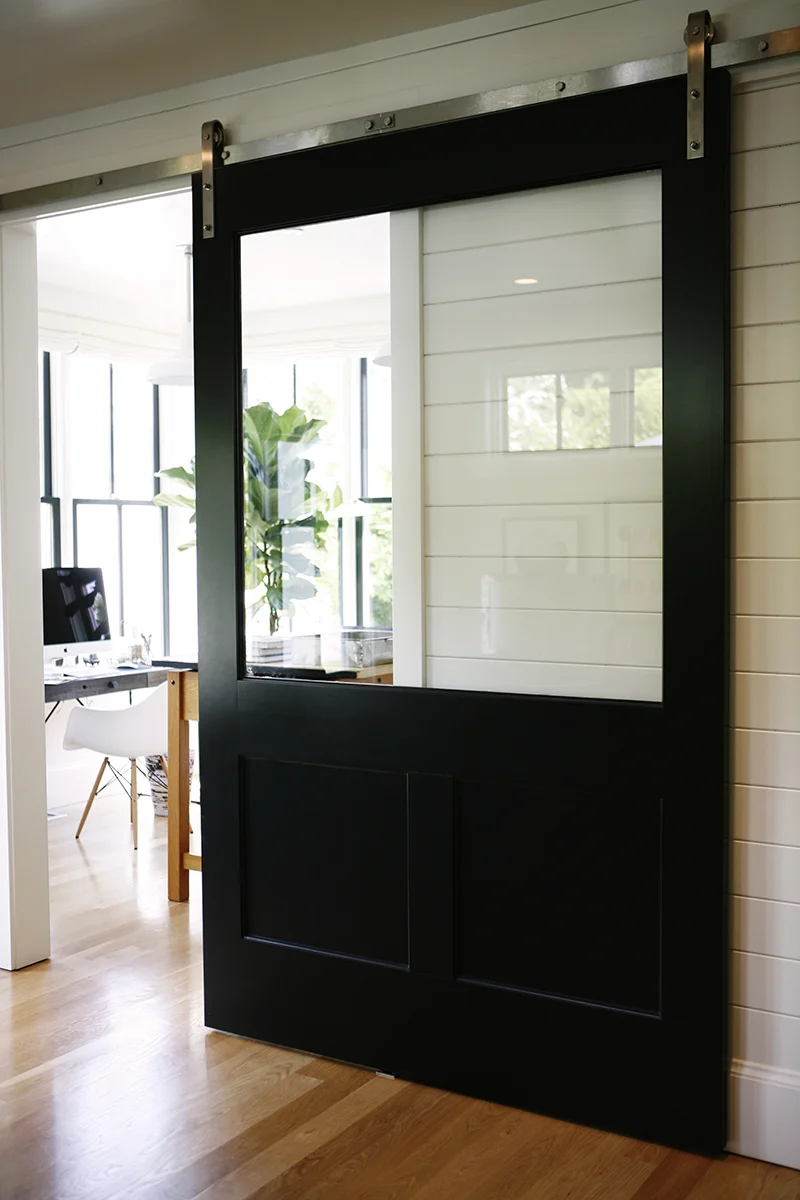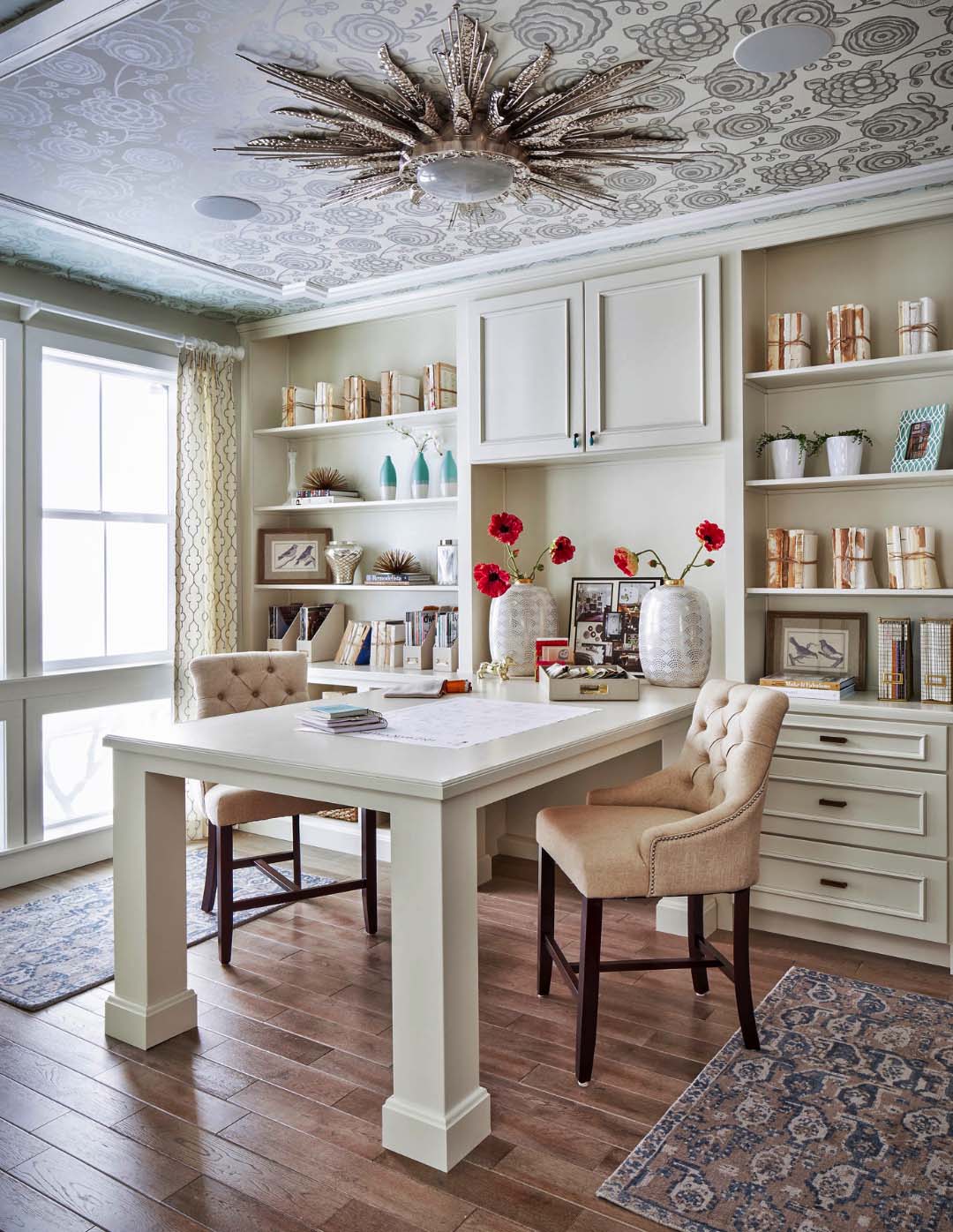Creating a Home Office You’ll Love to Work In
Admit it: You’re excited to bid farewell to fluorescent lighting, industrial carpet and endless rows of cubicles.
You never really liked it. Any of it.
When you worked in an office building, you longed for a window to look out on the world. You imagined a space that was actually comfortable. And, in your wildest dreams, you would envision yourself in a place that reflected your personal style, perhaps with some midcentury furniture or a kilim rug instead of, say, a laminate wood desk.
Now you have the opportunity to work from home, which certainly has its perks—among them, setting your own hours, limiting distractions when you’re on deadline, being able to take that power walk over lunch and designing an office that marries style, comfort and efficiency.
And while this workplace transition will take discipline, building a functional space will help set you up for success.
We at Approach Marketing know a thing or two about working virtually. From day one, our agency has thrived as a talented team of consultants who work from home offices and co-working spaces throughout the country.
Whether you’re living in a studio apartment, have an extra bedroom or plan to convert a garage or guest house into your new office, below are our tips for creating an environment that will inspire productivity for years to come.
1. Separate is best
If possible, designate a dedicated workspace that is separate from your main living area. Not only does this contribute to work-life balance, but it serves as a sound barrier to reduce noise-related disruptions and optimize focus and concentration. It also offers privacy from family members or roommates.
2. Let the sun shine in
"There is increasing evidence that exposure to light is beneficial to your health," says Dr. Phyllis Zee, professor of neurology at Northwestern University Feinberg School of Medicine. She was part of a 2014 study that highlighted the importance of designing offices that provide natural daylight for workers. This can also reduce eye strain and headaches. With that in mind, select a work area in close proximity to windows and ensure that blinds are open during the day.
3. A room with a view
A pleasing view can stimulate creativity and lead to higher levels of satisfaction. Think about where you position your desk—ideally floating in the center of the room and facing a window so you’re looking outward (towards green space) as opposed to inward (towards walls).
belathee.com
4. Minimize the mess
Is a cluttered desk the sign of a cluttered mind? According to a Harvard Business Review experiment, a disorganized environment can cause people to be less efficient, less persistent and more frustrated than those at neat desks.
To help yourself stay organized:
- Choose a desk with drawers in which you can file papers and store basic supplies (stapler, paper clips, pens) and incorporate bookcases or floating shelves for additional storage. National retailers such as The Container Store, IKEA and Target offer stylish solutions at reasonable prices.
- As part of your daily routine, take five minutes at the close of your work day to consolidate paperwork and straighten your desk for peace of mind and in preparation for the following day.
- Set standing reminders (weekly or monthly) on your work calendar to spend 15 minutes going through files and recycling items that are no longer needed.
5. Beige is not blah
The ideal office is one of subtle color, the Huffington Post tells us. “For work spaces, neutrals and softer, more grayed hues are better for concentration and preventing eye fatigue,” says Jackie Jordan, Director of Color Marketing for Sherwin-Williams. Consider painting your walls in a calming shade and selecting complementary furniture in off-white, taupe or natural wood tones.
6. Dare to be different
Office is not synonymous with boring or plain. While some companies furnish their spaces with furniture that’s, ahem, lacking in the style department, you aren’t bound by rules or expectations. Capitalize on your newfound freedom and get inspired. Consider original artwork; vintage and one-of-a-kind furniture from flea markets and antiques stores; statement lighting; and a seating area with upholstered chairs that you can sink into to take calls or do your best thinking.







